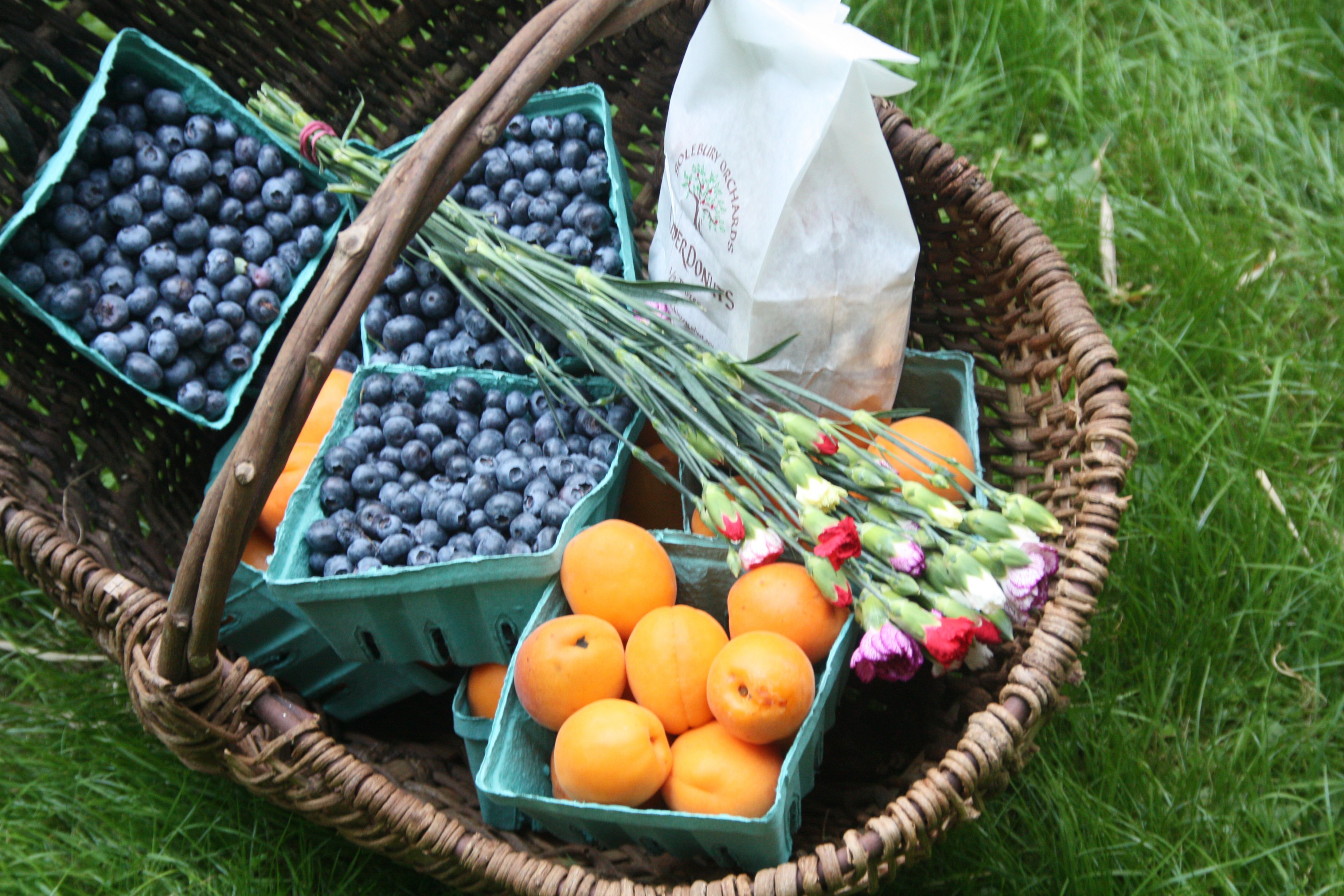I’ve fallen in with the cult of sorbet–makers. You know, the ones who can whip up a batch of fruity ice-cold goodness whenever the need requires. The ones who like sorbet that tastes just like the fruit, without any pits or pith, or chewing, involved. Sorbet that’s such a far cry from the stuff you can buy in the supermarket that it’s downright wrong that they would be called by the same name.

The sorbet, also, that’s so damned easy to make it would be crazy not to. I started making sorbet following Paul Bertolli’s recipe for strawberry sorbet in Cooking by Hand. You don’t need an ice-cream maker, or strong whisking arms. You simple whiz up frozen berries with a bit of sugar and water in the food processor, then freeze until it hardens. The method works for many different sorbets and, in the hope of converting some readers to the sorbet cult, I’ve chosen the easiest example to showcase here, made with frozen organic peaches and a touch of cassis, yielding a lightly sweet, dainty little sorbet that is a guaranteed pleaser, perfect after a meal of steamed fish and broccoli, perfect for my health conscious Friday-night dinner clients. Perfect, otherwise, alongside chocolate cake, or after a hamburger. Come to think of it, this sorbet would make a perfect margarita mixer, too.

And if that’s not enough to entice you, how about this: I made this sorbet in under 4 minutes. And the majority of that time was spent doing nothing but pressing my finger on the pulse button of my food processor, and watching the peaches whirlwind into dessert. The extent of my “prepwork” was opening a bag of frozen peaches. (You could use your own previously frozen peaches, too, as I did before they ran out… alas.) Oh, and measuring out a few tablespoons of sugar, though you could do that by eye if you wanted.
Surely you could whip up a batch between swims, or beers, this Memorial Day weekend.

Peach Sorbet with Cassis
Makes about 2 cups
This sorbet is hardly sweet, with a delicate peachy flavor and the background notes of cassis. It would work very well as a palate cleanser between courses, or for a simple dessert on a hot summer night.
1 (10-ounce) bag frozen peaches, organic if possible
3 tablespoons natural cane sugar
1 tablespoon cassis liquor, optional
¼ cup water
In a food processor, pulse peaches and sugar together until the peaches become the texture of peas. Add cassis and pulse more, until peaches begin to look like sand. Begin to slowly drizzle in water, letting the processor run, until you have a smooth paste, about 2-3 minutes. Transfer to a container and freeze until hardened, about 2 hours. Eat within a day or two.







































